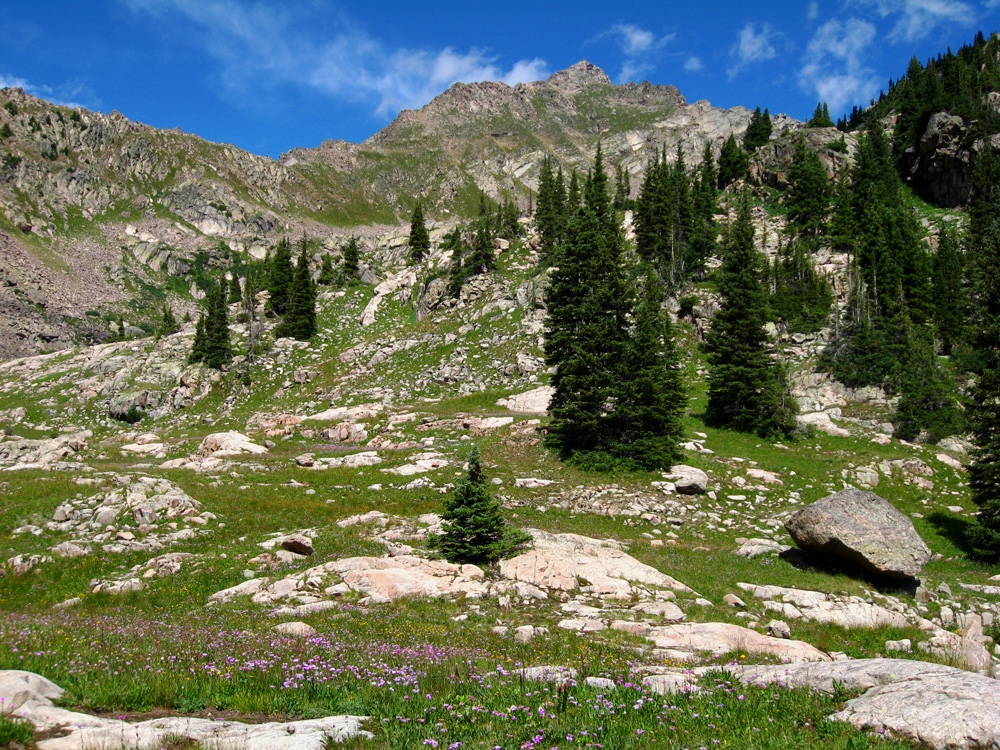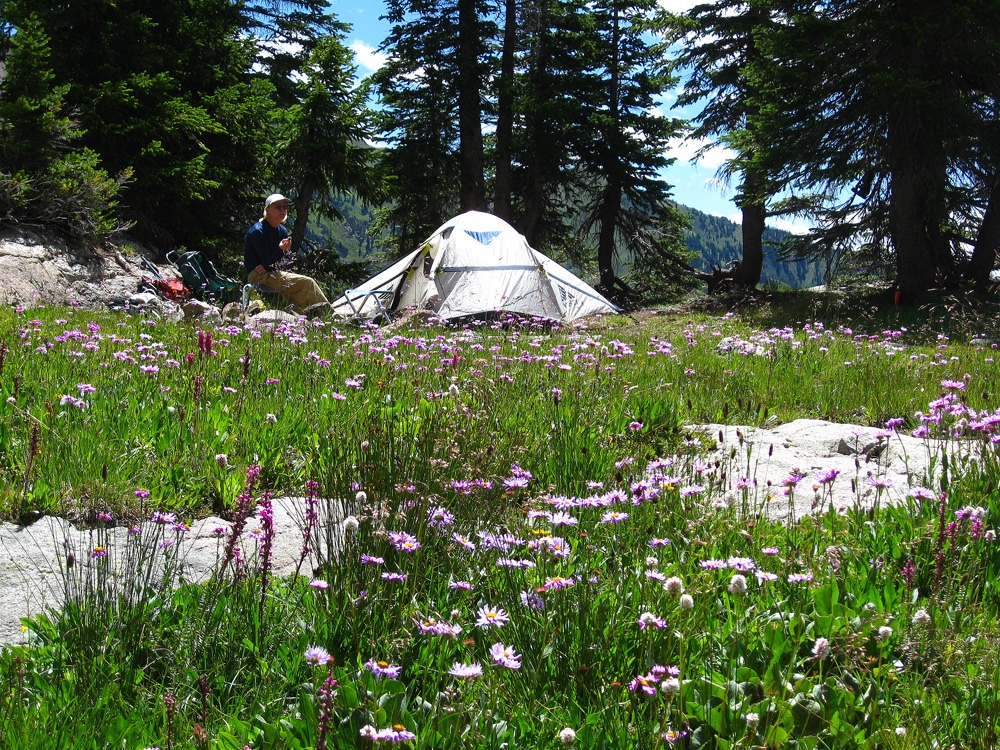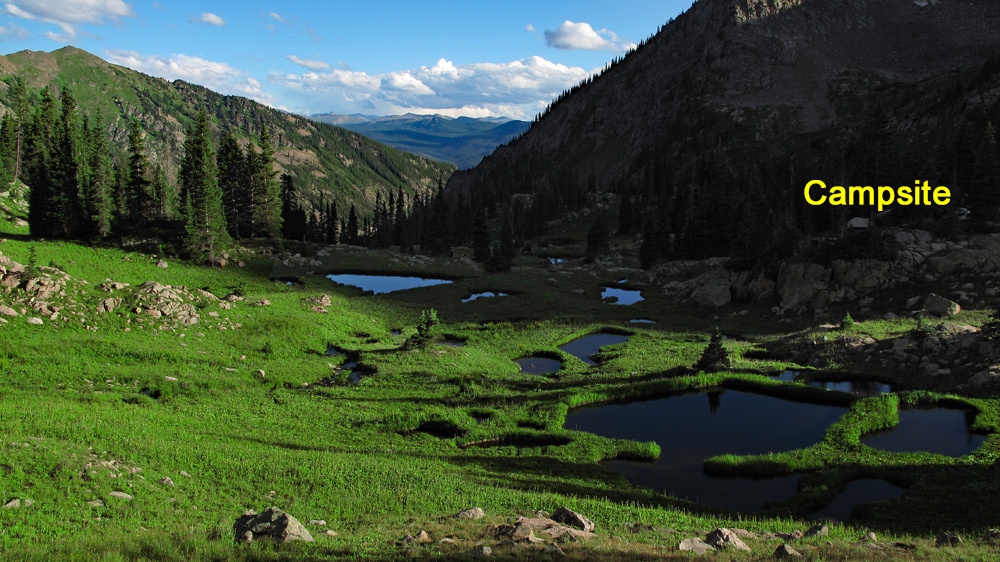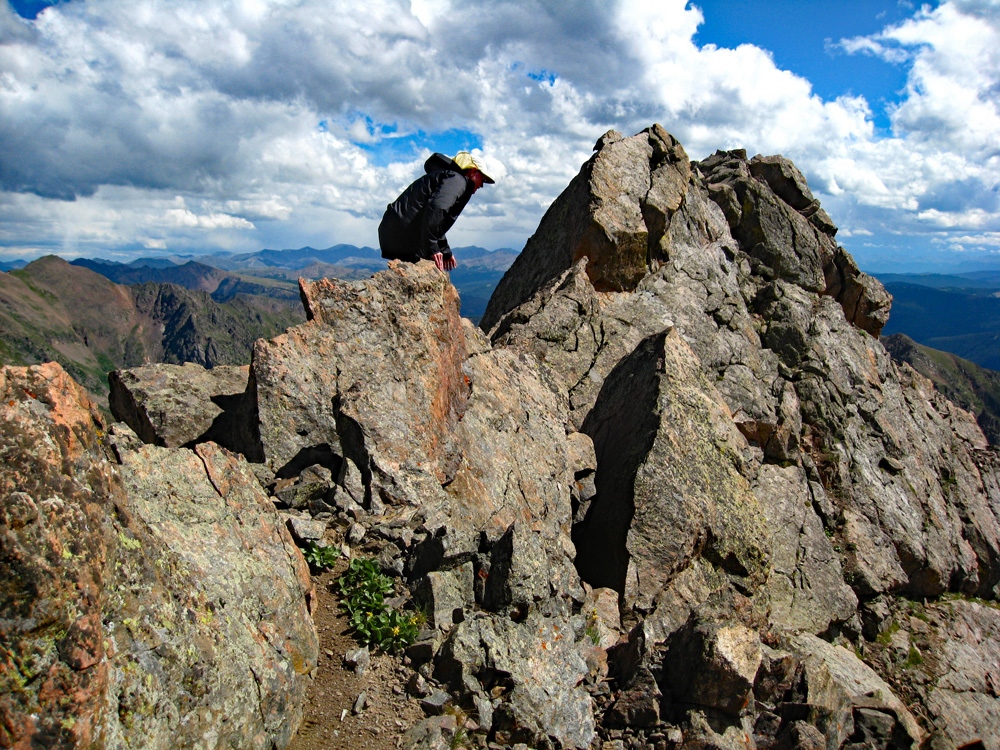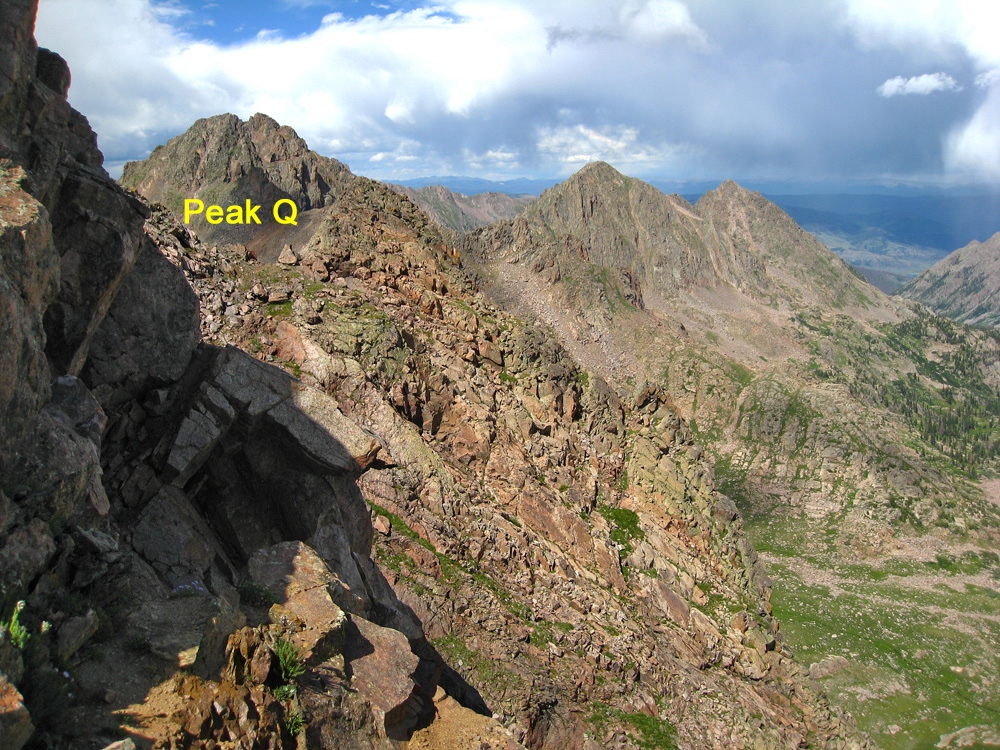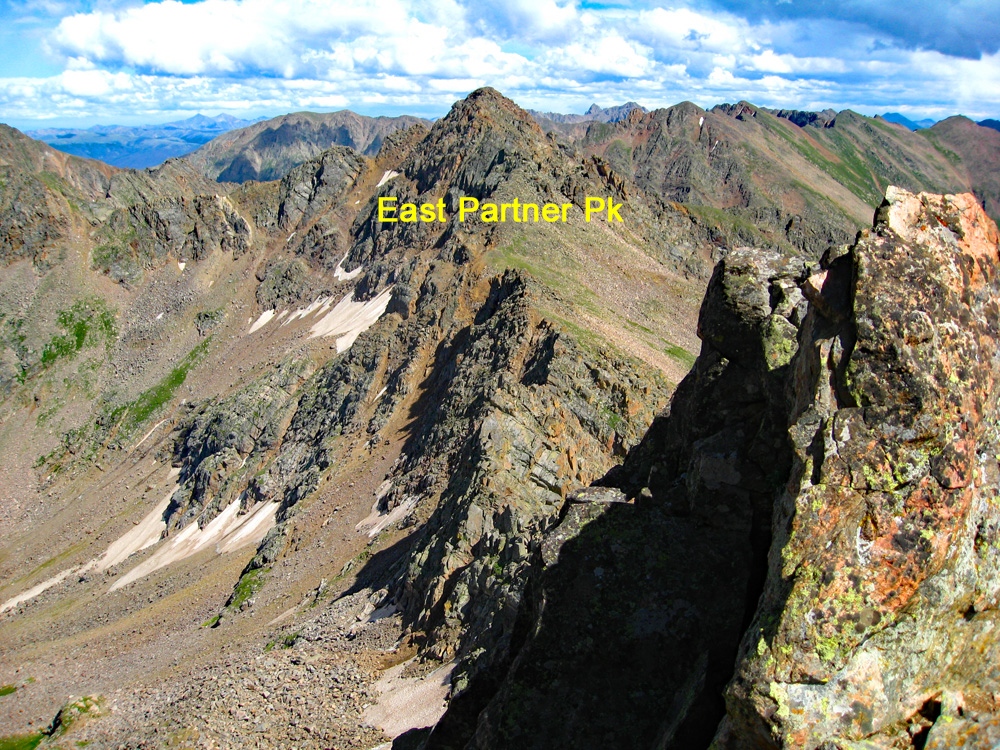LoJ: #604 (Pre-LiDAR #613) / 13,058' "West Partner Peak" Formerly UN 13041 A
Range ›
Gore Range
Quadrangle ›
Vail East
Summit Location ›
 N 39° 42' 20.86", 106° 17' 31.40"
(Not Field Checked)
N 39° 42' 20.86", 106° 17' 31.40"
(Not Field Checked)
Neighboring Peaks ›
 Peak Q/"Prisoner Peak" [Formerly UN13,230]
Peak Q/"Prisoner Peak" [Formerly UN13,230]
 "East Partner Peak" [Previously UN 13,057]
"East Partner Peak" [Previously UN 13,057]
Peak Summary
West Partner Peak (formerly 13, 041) is a mostly Class 2 ascent with a little bit of easy Class 3 boulder/rock scrambling near the summit. The trailhead, located near the town of Vail is easily accessible to any passenger car. Done alone, the peak can be completed in a single day, or even if paired with East Partner, however, a backpack trip up along Pitkin Creek to Pitkin Lake and establishing a base camp can provide access to a total of six, 13er summits in the Gore Range and allow more time to enjoy a beautiful Gore Range setting. Lidar added 17 feet of elevation to this summit.
West Partner SE Face & Ridge Route
Class 3
Backpack + Short Day
RT From Pitkin Lake TH - Gore Range:
13.5 mi / 4,690'
RT From
Pitkin Lake
:
2.5 mi / 1,640'
From Pitkin Lake:
1.25 mi / 1,640' (One-Way)
"Failure has a thousand explanations. Success doesn't need one." Alec Guinness
Warning!
Climbing peaks can be dangerous! By using this site and the information contained herein, you're agreeing to use common sense, good judgement, and to not hold us liable nor sue us for any reason. Legal Notice & Terms of Use.
